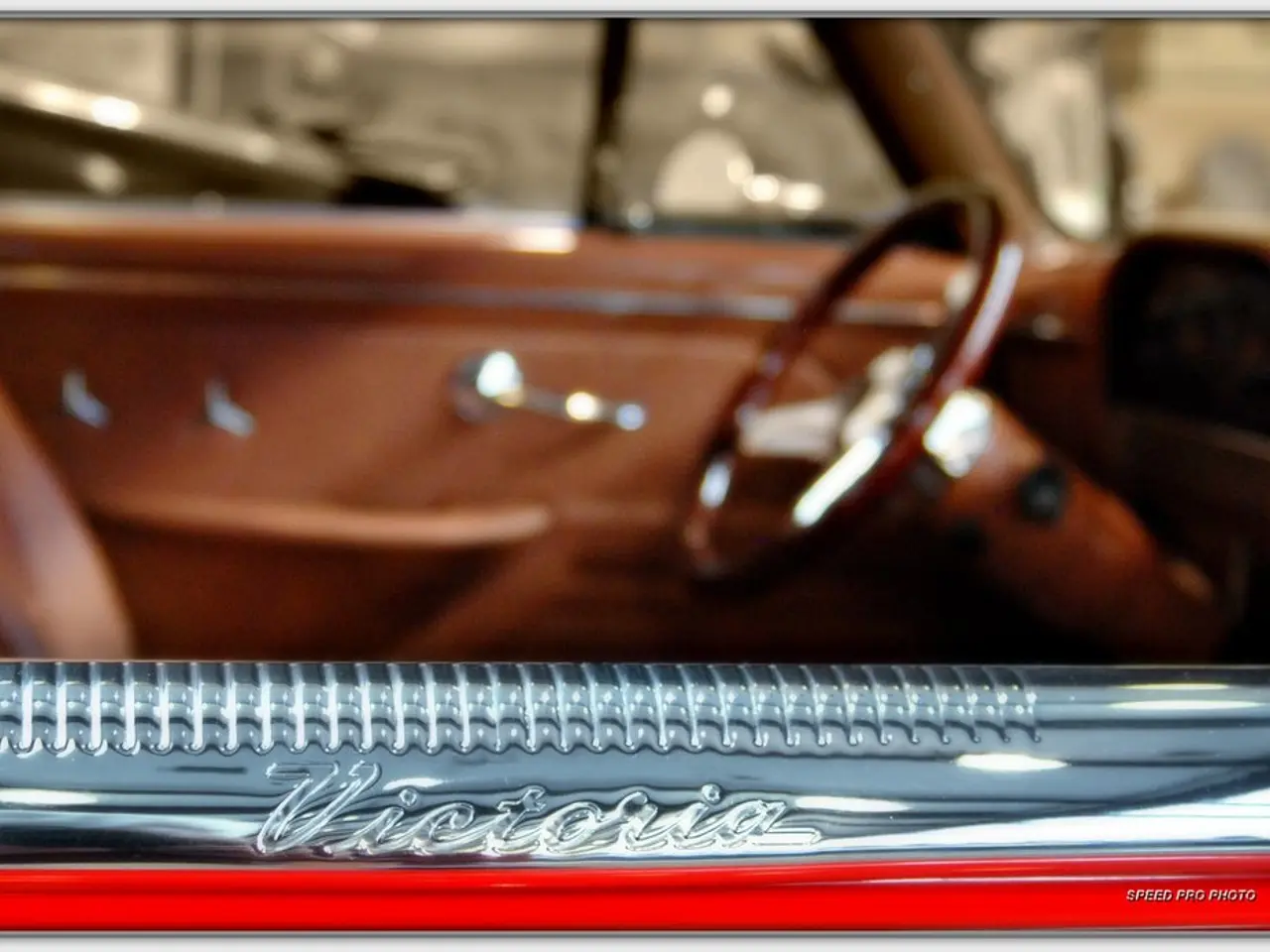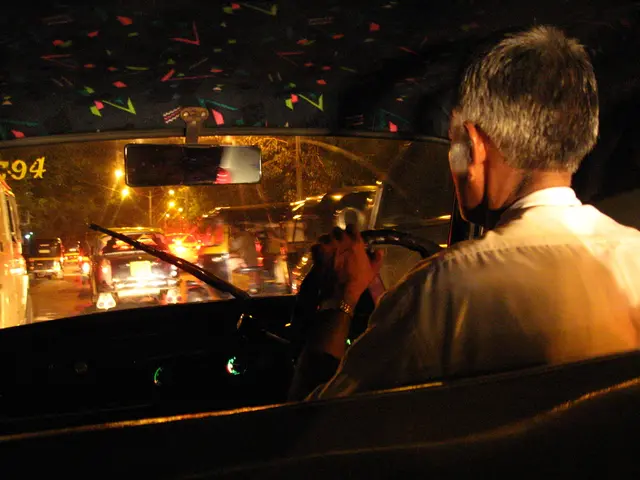Smallest and financially accessible vehicle from BYD undergoing road tests
The automotive world is abuzz with excitement about the upcoming release of the 2025 BYD Seagull, a compact electric hatchback designed with city driving in mind. This new model, widely referenced in recent videos, promises to blend the practical dimensions of Japanese Kei cars with an electric powertrain, offering modern technology and reasonable range for urban mobility.
At the heart of the Seagull is a single front electric motor rated at 55 kW (about 74 hp) and 130 Nm of torque. While it may not be a high-performance vehicle, its power output is comparable to small Japanese Kei cars like the Honda S660. The Seagull's battery options include a 30.88 kWh LFP BYD blade battery offering a manufacturer range of 305 km (roughly 200 km in real-world conditions), and a larger 38.88 kWh battery with a rated range of 405 km (closer to 300 km real-world). These ranges are quite practical for city commuting.
The Seagull's compact size places it in a similar size bracket as Japanese Kei cars, making it a practical choice for tight urban environments. Its interior boasts a user-friendly design with digital driver displays, a 10.1-inch rotatable touchscreen, wireless phone charging, and ample storage compartments. Tech features like adaptive cruise control and lane-keep assist are also included, somewhat approaching semi-autonomous capabilities but still requiring driver attention.
The Seagull's electric drivetrain and battery options offer a modern alternative to traditional Kei cars, which usually use small gasoline engines with limited range and higher emissions. The new model could be a globally available product, helping BYD expand its lineup of globally available products.
Riz Akhtar, the founder of Melbourne-based company carloop, which specializes in Australian EV data, insight reports, and trends, is excited about the Seagull's potential. Akhtar, a mechanical engineer with a passion for EVs and a goal to reduce transport emissions in Australia, currently drives a red Tesla Model 3.
The prototype of the Seagull, as seen in videos, features black wheel hubcaps and approximately 14-inch wheels. During the U-turn, the rear of the car is visible, showcasing a boxy design. Small indicator lights are located halfway up the car's height at the rear, and the front horizontal daytime running lights also function as indicator lights.
The Seagull's market positioning is as an affordable, practical EV for city dwellers. It could potentially compete with or complement Japanese Kei cars in markets that permit small right-hand-drive vehicles, such as the UK, Australia, and Japan. In 2024, BYD sold 2,223 cars in Japan, primarily due to the success of the Atto 3, Seal, and Dolphin models.
BYD is also reportedly working on an electric variant of a Kei car model, which could boost the company's presence in the Japanese market. The potential upcoming microcar from BYD could be an ideal product for the Japanese market, given the current absence of the Seagull model.
In summary, the 2025 BYD Seagull is a promising new right-hand-drive electric hatchback that offers practical urban mobility with modern tech and reasonable range, making it an attractive option for buyers looking for a small, efficient EV alternative to traditional Kei cars.
The 2025 BYD Seagull, an upcoming electric vehicle, not only competes in size with Japanese Kei cars, but also promises to offer a blend of lifestyle and technology features, such as a user-friendly digital interior, tech-rich options including adaptive cruise control and lane-keep assist, and modern gadgets like a 10.1-inch rotatable touchscreen and wireless phone charging. This compact electric hatchback's electric drivetrain and battery options also position it as an eco-friendly alternative to traditional Kei cars, fortifying BYD's commitment to expanding its lineup of globally available electric vehicles.




